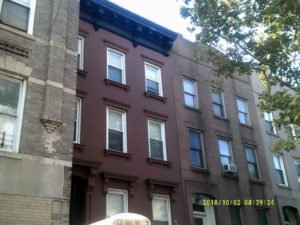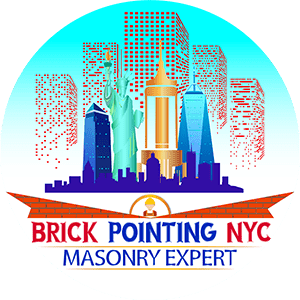NYC Local Law 11

The NYC facade inspection safety program was earlier known as local law 11 in which every taller building having more than six stories is required to get its facade inspected and repaired in every five years by a licensed engineer or architect. Upon completion of the inspection, our General Contractors NYC in bronx ny, brooklyn ny, queens ny, manhattan ny ensures the entire building should file a technical report with each and every department of the buildings classifying facade elements as either safe, safe with a maintenance and repair program. The facade elements which are unsafe must be immediately addressed and repaired with the period of 30 days.
The law also demands that the inspection of appurtenances such as lighting fixtures, guardrails, signs, air conditioners, window and any other others objects attached to the wall should be made on time that might fall if poorly supported due to the weak strength. There are more than 12,000 building in NYC which is subject to LL11 inspection requirements.
Brick Pointing NYC Follows Local Law 11
FISP inspections can be time-consuming and very expensive. In addition, inspections bring to light the other repair work which the building are required to complete. At Brick Pointing NYC, our masonry contractor nyc have been taking care of all the aspects of FISP since inception as we are well aware of the fact that construction work needs proper care on the timely basis. So keeping local law 11 procedure in mind, we put emphasis on every area of our construction including power washing, concrete block work, stucco repairs, brick pointing, and tuck pointing and so on.
Our general contractors make sure that facade restoration nyc needs to be re-inspected, corrected and certified safe. Local law 11 requires a physical inspection which is consisting of at least one drop from a scaffold to ground level. Our engineers or architects who stamp the inspection are always at the site, conducting the inspection. The engineer or the architects make specific recommendations for the investigation of the exterior envelope and the structural systems along with a thorough analysis and evaluation.
Our commercial contractors nyc from the past several years are handling the structural systems for all building types, from pre-war to modern construction. We believe in providing optimal services and so does our propensity to provide our clients with a thorough analysis and evaluation of building facades so that they can maintain compliance with FISP requirements. Our aim is to perpetually provide the highest quality of architectural and construction services meeting the standard structure’s design and integrity simultaneously at the affordable budget.
Our contractors ensures Periodic Inspection for Exterior Walls and Appurtenances of Buildings.
- Acceptable report- We get the technical examination report filed by a Qualified Exterior Wall Inspector that meets the requirements of the Administrative Code and the rule as determined by the Department.
- Amended report- A technical examination report is filed by a Qualified Exterior Wall Inspector who makes the certification that the unsafe conditions reported in the initial report are repaired and no unsafe conditions exist at the building.
- Critical examination- An examination is conducted to review the exterior of a building and all parts of the building to determine whether the exterior walls (facades) and the appurtenances are properly safe or not. It also needs to be checked by the Qualified Exterior Wall Inspector.
- Safe with a repair and maintenance program– It is ensured that condition of a building wall, any appurtenances or any part is safe at the time of inspection, and it is also checked if it requires repairs or maintenance during the next five years in order to prevent its deterioration into an unsafe condition.
- Unsafe condition- It is properly checked if the condition of a building wall, any appurtenances or any part of it is hazardous to persons or property or requires any prompt repair. In addition, any condition that was reported as SWARMP in a previous report and if that is not corrected during the time of current inspection shall be reported as an unsafe condition.

